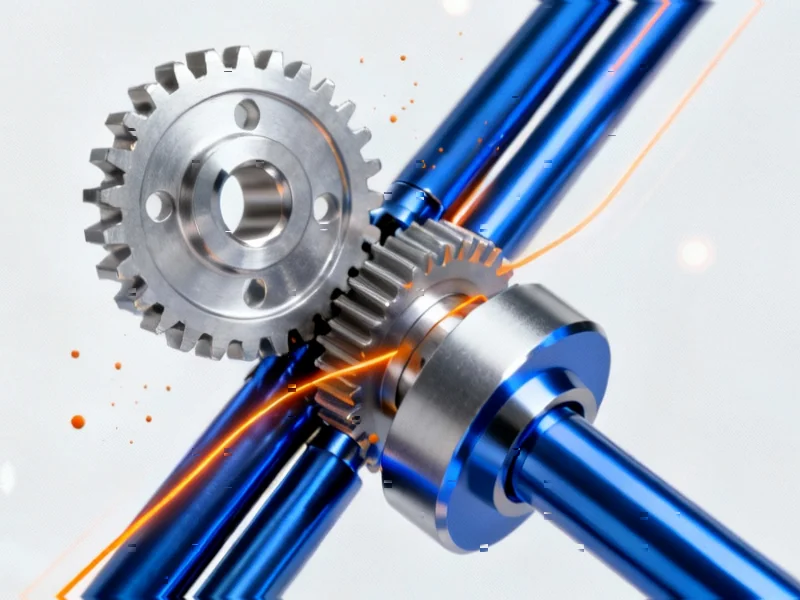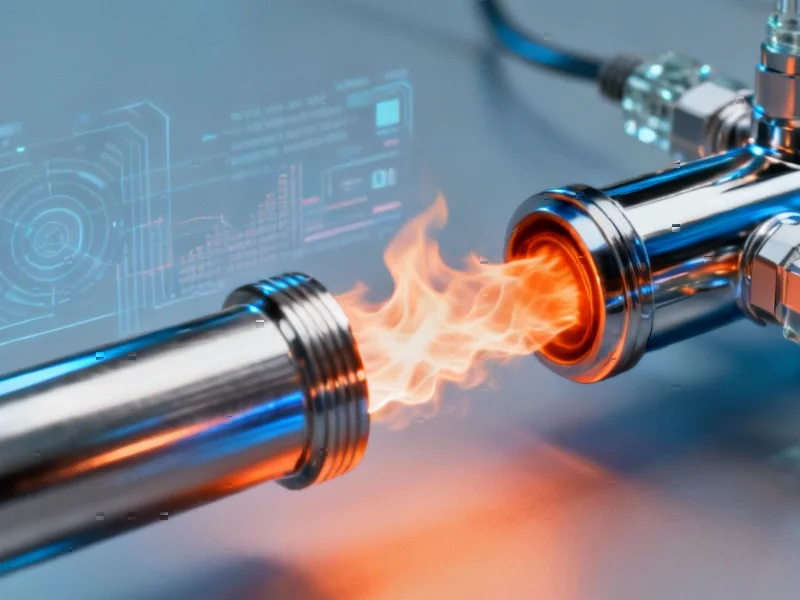Seamless Skills Transfer in South Africa’s Energy Heartland
In a remarkable development for South Africa’s energy sector, professionals with deep coal mining backgrounds are demonstrating exceptional adaptability in leading the country’s renewable energy transition. Seriti Green, operating in Mpumalanga—the nation’s traditional coal heartland—has found that experienced coal industry personnel are transitioning smoothly into renewable energy roles, bringing valuable expertise that’s accelerating the implementation of large-scale wind projects.
Table of Contents
- Seamless Skills Transfer in South Africa’s Energy Heartland
- Strategic Wind Development in Coal Country
- Established Relationships Accelerate Progress
- Local Economic Integration and Job Creation
- Technical Specifications and Expansion Plans
- Comprehensive Energy Infrastructure Development
- Government Collaboration and Policy Considerations
- Proving the Just Energy Transition Concept
Strategic Wind Development in Coal Country
Seriti Green, majority-owned by black-owned coal mining company Seriti Resources, is advancing a multiphase program to install 750 MW of wind capacity across private farms near Bethal, Davel, and Morgenzon. The company has already achieved financial close for three 155 MW phases of the Ummbila Emoyeni Wind Farm, with the initial phase’s entire 500 GWh annual output contracted to power Seriti Resources’ eight coal mines.
The project’s innovative structure sees licensed traders Energy Exchange of Southern Africa and the NOA Group serving as offtakers for subsequent phases. Debt financing has been secured from major financial institutions including Absa, RMB, and Standard Bank, demonstrating strong market confidence in the initiative.
Established Relationships Accelerate Progress
According to Seriti Green CEO Peter Venn, the company’s initial team of 17 professionals—which has since grown to 65—largely joined from the coal industry. This transition has proven instrumental in maintaining crucial relationships with local communities, municipal authorities, and engineering suppliers.
“Their vast experience from the coal mining sector has been invaluable,” Venn emphasized. “My personal belief is that no renewable-energy developer will build a wind farm in Mpumalanga without deep mining relationships, as you need to understand the expectations around social labour plans and local government requirements.”, according to market analysis
The technical and project management skills from coal operations have transferred effectively to renewable energy development, particularly in managing complex logistics such as transporting large equipment through the Port of Richards Bay in neighboring KwaZulu-Natal.
Local Economic Integration and Job Creation
The project’s local impact is already significant, with more than 50% of construction workers recruited from surrounding towns. Construction is expected to continue for seven years, with overlapping phases ensuring stable employment for over 1,200 people., according to expert analysis
Seriti Green has established its headquarters in Bethal, renovating a former bus depot into its main office. The company is actively exploring ways to increase local content, including potential nacelle assembly and concrete tower manufacturing opportunities.
Local entrepreneurship is flourishing through the project, with companies like HMI Projects—established by entrepreneur Freddie Mkhwanazi—securing contracts for wind turbine foundation work. “Freddie’s company employs comfortably 20 people and we are going to be putting in foundations for the next seven years,” Venn noted, highlighting the tangible benefits of the energy transition.
Technical Specifications and Expansion Plans
The wind farms feature Goldwind turbines with impressive specifications:, as additional insights
- Nameplate capacity: 6.2 MW per turbine
- Blade length: 91 meters
- Tower height: 221 meters (approaching the height of Johannesburg’s Carlton Centre)
Across all approved phases, 122 turbines will be installed, with 14 already standing and all 25 turbines from the first phase expected to be operational by Christmas. The projects are achieving remarkable capacity factors above 38%, with peak production aligning with high electricity demand periods.
Seriti Green has already received approvals for an additional 500 MW wind development in Mpumalanga. Venn envisions potential expansion to 3 GW over the coming decade, significantly extending employment and economic benefits throughout the region.
Comprehensive Energy Infrastructure Development
The wind farms form part of a larger R35-billion renewables and storage initiative that includes:
- 150 MW solar PV generation
- 800 MWh battery storage facility
- Self-built Vunumaya Main Transmission Substation
- Numoya Distribution Substation
The transmission infrastructure will be handed over to the National Transmission Company South Africa in November, creating lasting energy assets for the national grid.
Government Collaboration and Policy Considerations
Venn reports strong support from local authorities, with regular monthly meetings involving four mayors to maintain transparency and collaboration. However, he identifies areas for policy improvement, particularly regarding municipal rezoning fees that were approximately eight times higher in Bethal than in other provinces.
“I think there’s good alignment at the higher levels of government around the Just Energy Transition,” Venn observed. “However, there’s a lack of coordination when you go that one level down. This is showing up in issues such as rezoning fees.”
He suggests developing special municipal rates for renewable-energy projects to ensure municipalities don’t face financial losses from rezoning, thereby preventing potential future resistance to such developments.
Proving the Just Energy Transition Concept
The Mpumalanga wind projects demonstrate that South Africa’s energy transition can deliver concrete benefits while leveraging existing industrial expertise. By building infrastructure and creating sustainable employment, Seriti Green is proving that the Just Energy Transition can successfully balance environmental goals with economic development.
The success of these initiatives provides a replicable model for other coal-dependent regions worldwide, showing how industrial knowledge and community relationships can accelerate rather than hinder the shift to renewable energy.
Related Articles You May Find Interesting
- European Vibe Coding Startups Secure Major Funding in AI Development Boom
- Reddit Escalates AI Data Wars with Perplexity Lawsuit Over Content Scraping Alle
- Rivian CEO Reveals Key Insights After Analyzing Xiaomi’s Popular EV: A Deep Dive
- Apple’s Foldable iPad Ambitions: Why Samsung Display Holds the Key to 2029 Launc
- JERA’s Strategic $1.5 Billion U.S. Shale Acquisition Strengthens Global LNG Posi
This article aggregates information from publicly available sources. All trademarks and copyrights belong to their respective owners.
Note: Featured image is for illustrative purposes only and does not represent any specific product, service, or entity mentioned in this article.



